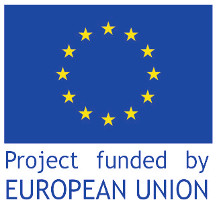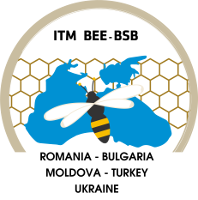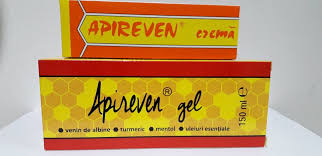Bee venom is harvested from old bees. From a kilogram of bees, which means about 10,000 individuals, only 1.5 grams of venom are obtained. Harvesting is done by special technologies, which involve the stimulation of bees, by electrocution, to sting a container made of a certain material, which allows the insect to remove its needle after it leaves venom. The fact that it does not lose its needle allows the insect to live for a short time, retaining all the necessary functions of the hive.
Bee venom works in treating rheumatic diseases, especially in arthritis. Administered directly or parenterally (injections), alone or in combination with corticosteroids, bee venom is known and used today as an active factor in treating these conditions, and by combining several healing methods or techniques it can be used in combating other conditions, such as: non-specific infectious arthritis and deformed spondylarthrosis; diseases of the peripheral nervous system: lumbago, sciatica, trigeminal and facial neuralgia, intercostal neuralgia, paresis and hemiplegia; vascular diseases: thrombophlebitis, endarteritis, arteriosclerosis of the vessels of the limbs; gout, thyroxytosis and asthma; polyarticular, muscular and cardiac rheumatism; skin diseases: trophic ulcers, fistulas and atonic wounds; ocular diseases: irritation and iridocilitis.
The product is marketed under the name of apireven.




